Every day more and more dental laboratories enter the world of 3D printing. Some question the necessity of change and worry that if they commit to the technology, will their business survive, or, if they don’t embrace it, will it be left behind? One lab that faced that those questions and made the decision to move forward into the brave new world of 3D printing is Ford’s Dental Laboratory from Nelsonville, Ohio.
 Pictured: Drew Ford, Bryce Hiller, Trey Ford - courtesy of Ford's Dental Lab
Pictured: Drew Ford, Bryce Hiller, Trey Ford - courtesy of Ford's Dental Lab
Of course, once the decision is made, the real work begins: integrating another new technology into a business that was thriving with older technology. It may seem a challenge to many labs, but it is a healthy one that ultimately - if done properly - can result in increased productivity and profitability.
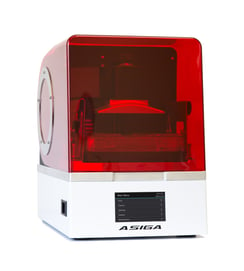 The Decision
The Decision
Ford’s Dental Lab decided to go with the new additive technology not only to improve the business, but also because some of their dentist/accounts had already made the decision to do so. Intraoral scans sent to the lab were increasing steadily and the lab instinctively knew they had to be ready so they wouldn’t lose present and future business. They planned for a smooth transition for their accounts – one that would keep their working relationships positive and exciting.
The only alternative to producing their work digitally was unacceptable: sending it to another lab. To keep the manufacturing and profits within their control, they started searching for the best 3D printer that would satisfy the needs of their business. They purchased an Asiga Max 3D printer and immediately started printing models and castables, including patterns for gold crowns and metal substructures. Those were the first goals, which would expand rapidly to include other printed objects including surgical guides, custom trays, bite splints, partial frameworks and long term removable prosthetics.
The Result
Their printer research proved invaluable. They chose a printer that was fast in printing and fast in changing from one resin to another. This proved to be a profit- enriching advantage which, happily, also resulted in extreme accuracy.
Best of all, the integration into the laboratory workflow was very easy and “next to seamless”.
These features, added to an increase in productivity, proved to the management at Ford’s Dental Laboratory that they made the right decision in adopting 3D printing and an even better one in selecting the Asiga Max.



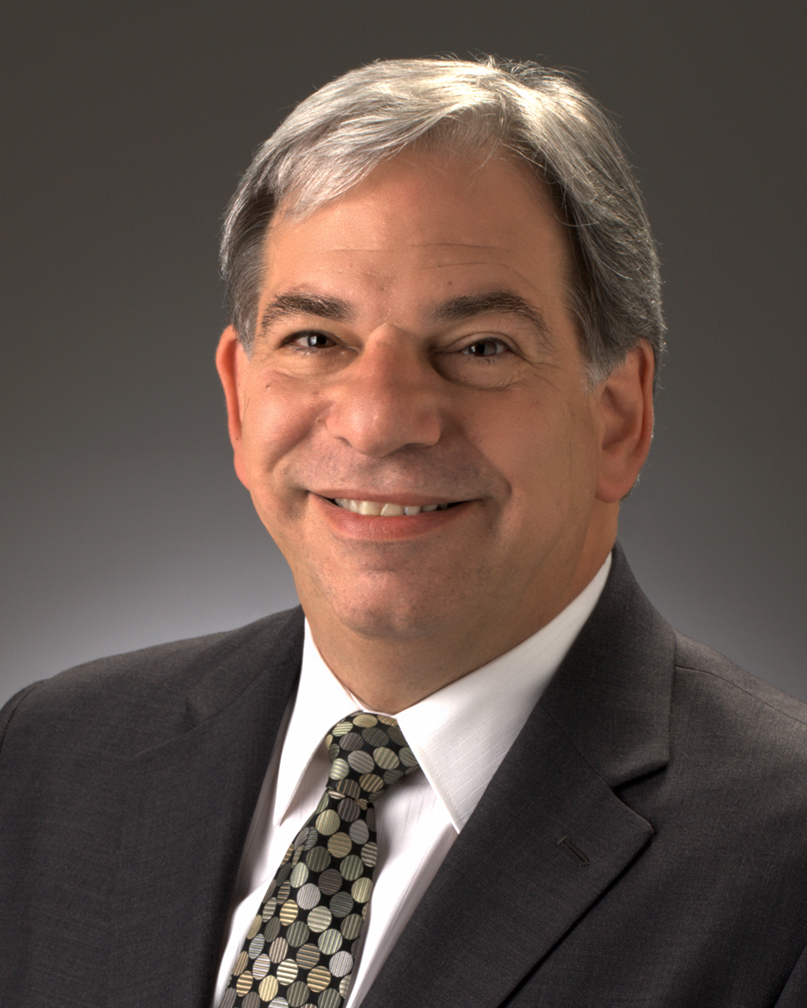



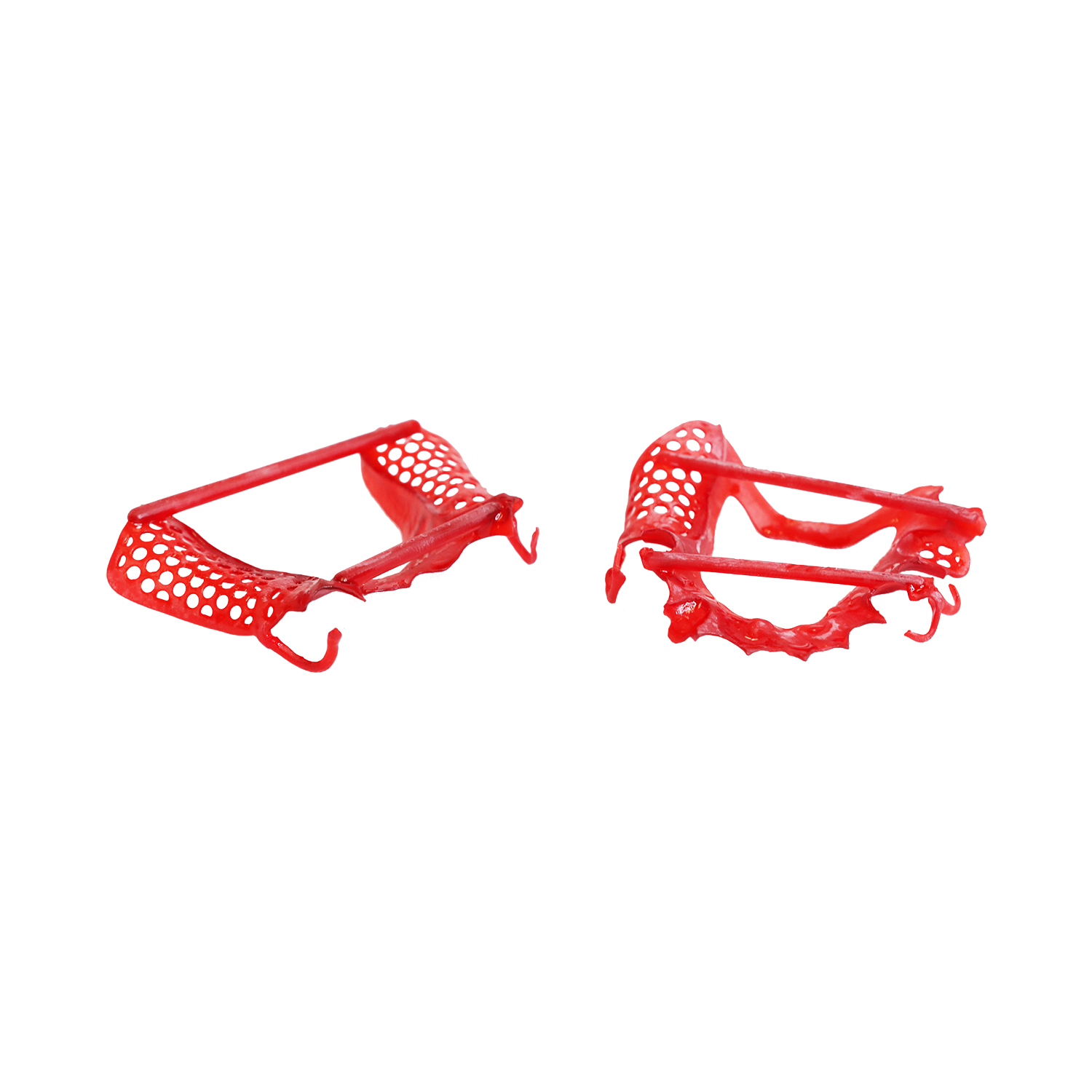

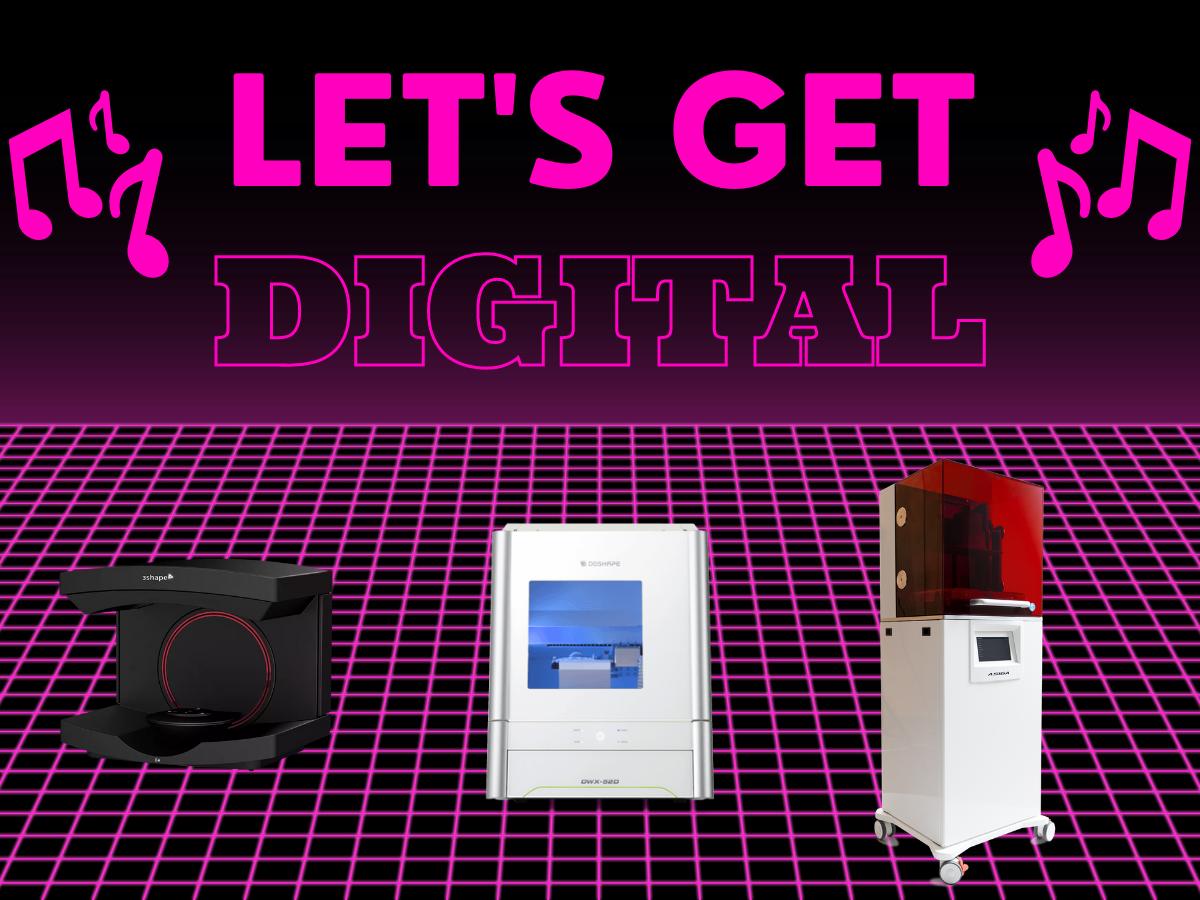
.jpg)
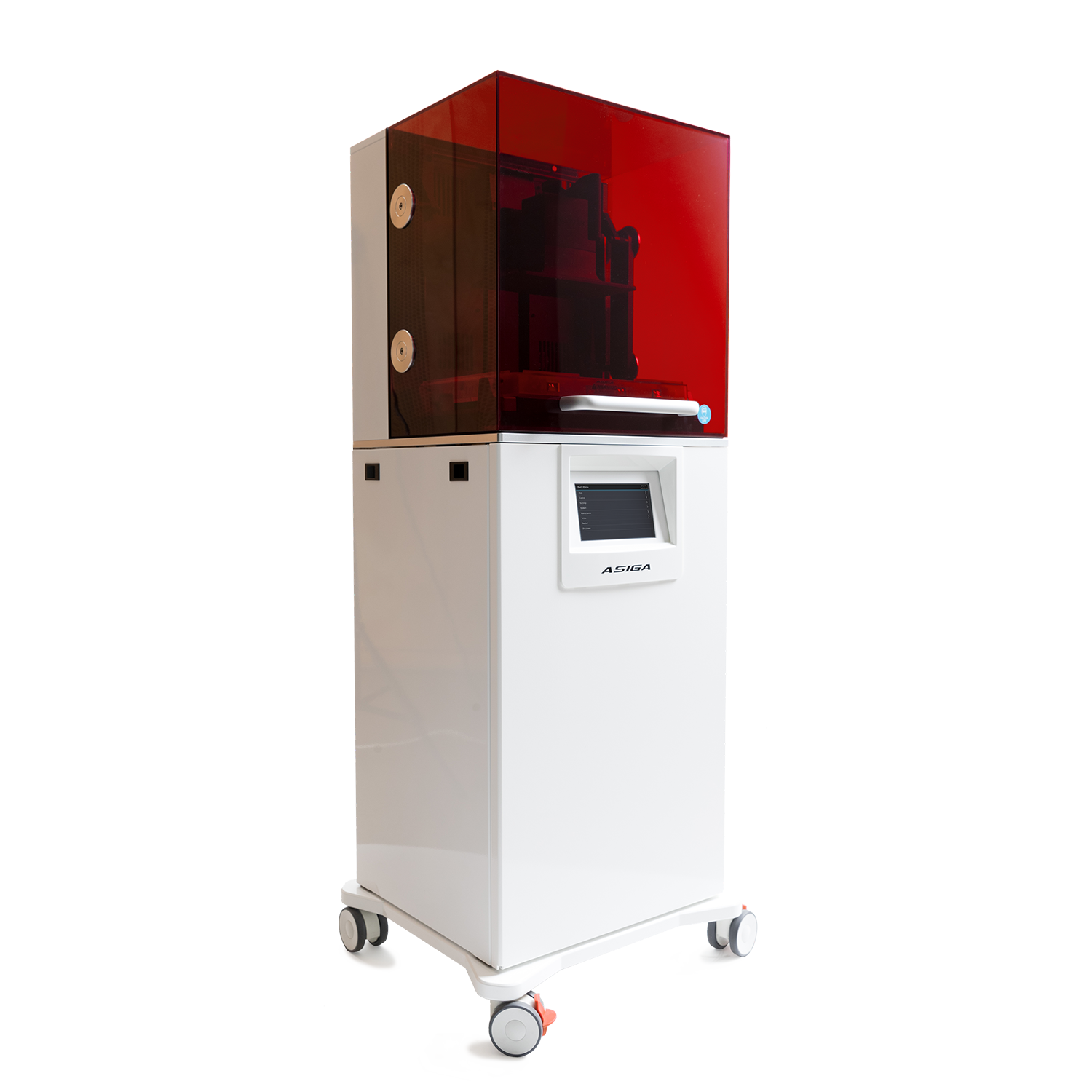
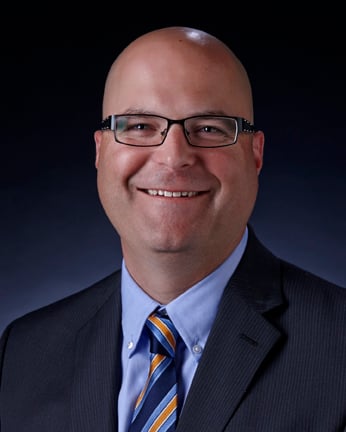
Leave a comment